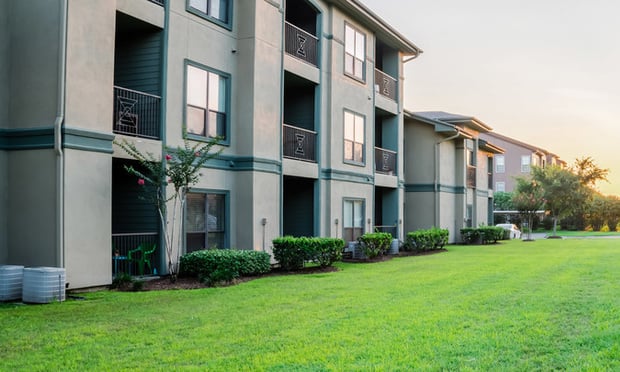DALLAS-The workplace of the past was known for window offices, cubicles and desks. As for the workplace of the future? According to panelists at the recent CREW Network Convention & Marketplace, which took place in Dallas, not so much.
During the presentation "Office Metrics: How the 'Big Guys' Determine How Much Space to Take," experts weighed in on issues impacting today's workspace – and how those issues relate to the correct selection of commercial real estate. Noted Cushman & Wakefield's global business consulting group director Elizabeth Forstneger: "Enhancing productivity from above and being a great place to work can depend on commercial real estate." And, as Katherine Loscalzo, workplace strategy leader at Deloitte Services LP noted, "it used to be you were either at the office or at a client's. But that's not true anymore."
The panel then proceeded to dissect these concepts. Sandra Paret, director of HOK's strategic accounts practice, relied on a key performance indicator graphic as an example, pointing out that customers, people, finances and processes are all tied, in some way, to commercial real estate. When it comes to the customer, "the strategy here is how you design the front-of-house; what the customers will see when they come into the workplace," she explained. People, or employees, are retained and hired based on the appeal of individual workplaces, where as the financial arm of the KPI is tied to a "growth in revenue without necessarily a growth in spaces," Paret said. Insofar as the process, she went on to say, spaces can be created to maximize functionality and help boost productivity.
Still another aspect of the physical workplace is technology. Even with employees operating more remotely, "we still need to address the costs of the workspace," Forstneger said. Furthermore, the one-size-fits-all type of space simply doesn't work anymore – the panelists agreed that, as employees operate best in different environments, workspace should reflect that fact. Loscalzo pointed out, for example, that the current mobility means that, over the next few years, offices, as such, won't likely exist. "There will be just enough nodes to deliver face-to-face interaction and collaboration in groups," she predicted. "There will be a mix of different spaces to address various needs.
Such change, however, isn't easy. Loscalzo also stressed the importance that leadership be on board with such change, and that metrics be put into place to measure the impact of the change. And Paret said it takes awhile for workplace space shifts to become wholly incorporated. Not everyone is going to be on board with wholesale workplace changes. "Change management is the issue here," she noted. "The more you educate employees how to use the new space, eventually the more the changes are readily accepted."
Want to continue reading?
Become a Free ALM Digital Reader.
Once you are an ALM Digital Member, you’ll receive:
- Breaking commercial real estate news and analysis, on-site and via our newsletters and custom alerts
- Educational webcasts, white papers, and ebooks from industry thought leaders
- Critical coverage of the property casualty insurance and financial advisory markets on our other ALM sites, PropertyCasualty360 and ThinkAdvisor
Already have an account? Sign In Now
*May exclude premium content© 2024 ALM Global, LLC, All Rights Reserved. Request academic re-use from www.copyright.com. All other uses, submit a request to [email protected]. For more information visit Asset & Logo Licensing.








